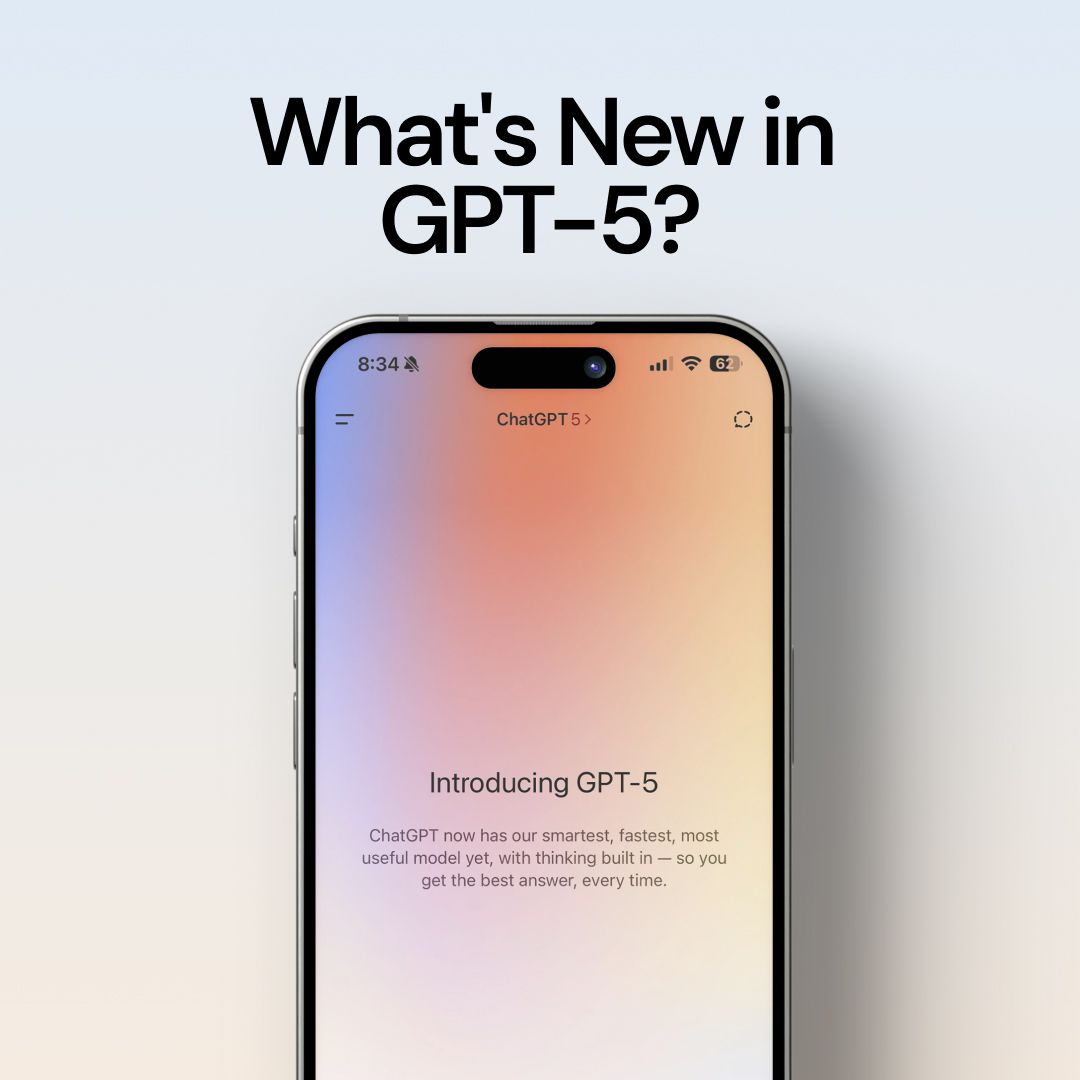Frequently Asked Questions
More topics you may like

11 Best ChatGPT Alternatives (Free & Paid) to Try in 2025 – Compare Top AI Chat Tools

Muhammad Bin Habib

How to Write a Cover Letter with No Experience Using AI Chat

Muhammad Bin Habib

Introducing GPT-5 by OpenAI: Everything You Need to Know About This Flagship Model

Muhammad Bin Habib

How to Write a Journalistic Article: Definition, Types, Structure and More

Muhammad Bin Habib

How to Write a News Release (Complete Guide for 2025)

Muhammad Bin Habib
